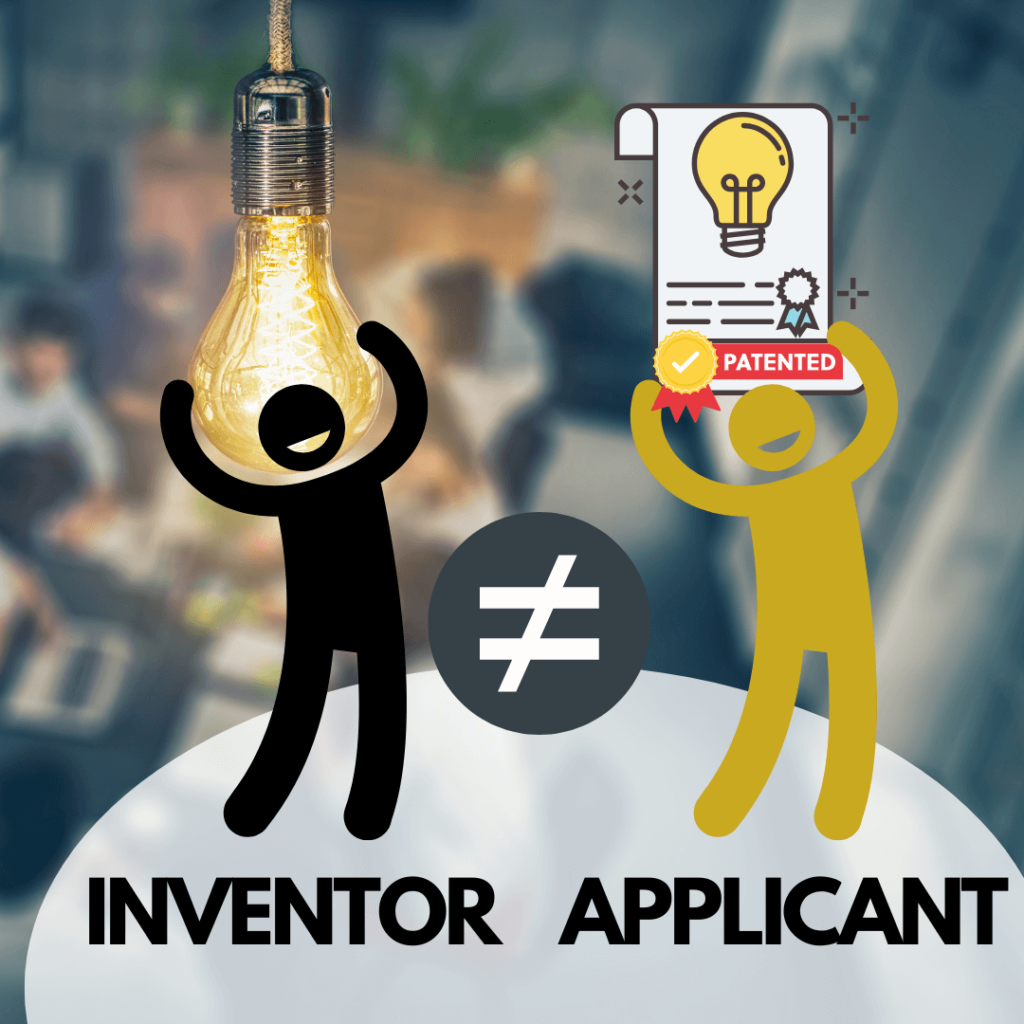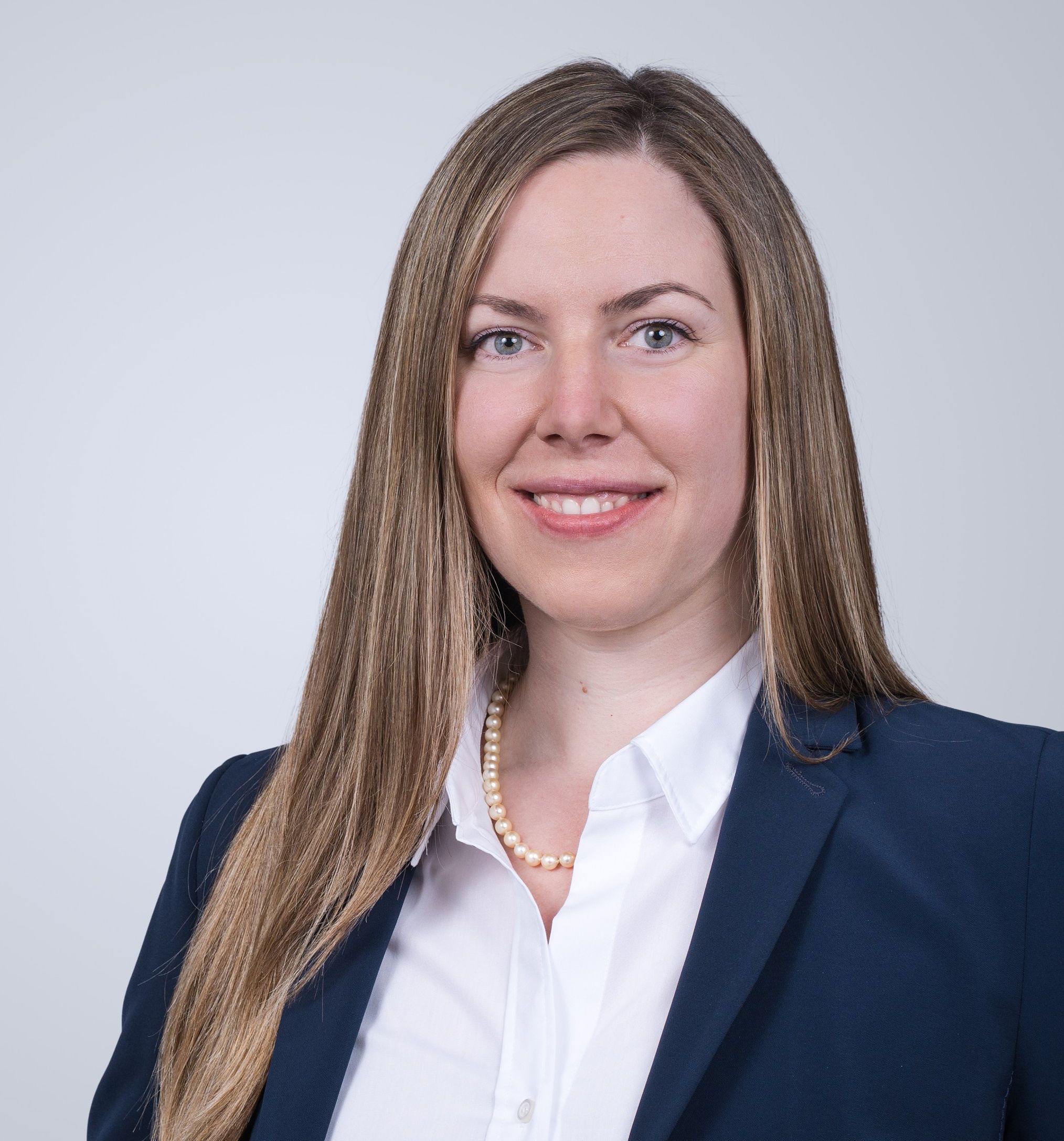The title page of a patent application always mentions the applicant in the bibliographic data. As a rule, however, the applicant differs from the inventor.
The following text would like to provide some answers as to why this often goes hand in hand with the German Employee Inventions Act and where exactly this is regulated.
The Right to a Patent
The right to a patent is the right to apply for a patent for an invention and is basically granted to the inventor. The person who has enriched the state of the art with the invention shall be rewarded by the right to the patent.
To invent means to recognize a new and non-obvious teaching for a technical problem.
The person who provides the intellectual achievement behind the invention is the inventor.
Just as the work created by an author and the performance embodied therein are property within the meaning of Art. 14 (1) sentence 1 GG (Basic Law of the Federal Republic of Germany) and the legislator has the task of ensuring appropriate use and exploitation, this also applies to patent law in the sense of a so-called “technical copyright” of the inventor as described by the Federal Constitutional Court (cf. PatG GebrMG, Peter Mes, Commentary, 5th edition, C.H.Beck-Verlag, Sec. 1, 2nd purpose of granting a patent).
According to Sec. 6 PatG (German Patent Law) and Art. 60(1) and (2) EPC, the right to the patent is vested in the inventor or his successor in title.
The inventor is the person who found the technical teaching, who created or developed it (cf. Federal Court of Justice, BGH GRUR 1994, 104, Akteneinsicht III; BGH GRUR 2001, 823 – Schleppfahrzeug). Since an invention arises in an act of intellectual creation, inventors can only be natural persons, not legal entities.
If several persons have jointly made an invention, they also have a joint right to the patent.
A co-inventor is only someone who has contributed a creative share to the finding of the invention idea through independent intellectual cooperation. According to the settlement proposal reproduced in Mitt. 2017, 369 – Vergütungfestsetzung durch Gehaltsabrechnung – according to the experience of the Arbitration Board, co-inventor shares of less than 10% are rather unrealistic (cf. PatG GebrMG, Peter Mes, Commentary, 5th edition, C.H.Beck-Verlag, § 6, 2. Der Erfinder / Die Erfindung, b) Erfinder).
The task of the Arbitration Board under the Employee Inventions Act is to amicably settle disputes between an employee who has made an invention within the scope of his employment and his employer.
Under German and European patent law, the right to a patent for an invention that has been created independently by two inventors (double invention) belongs to the first inventor to file a patent application. This is also known as the “first-to-file” principle.
This means that it does not matter who actually had the idea first, but who filed it first with the patent office.
This “first-to-file” principle also underscores the importance of filing important inventions, which may be worked on in parallel in different research groups, as soon as possible after their completion to ensure the earliest possible filing date.
The right to the patent – not the inventor’s personal right – is transferable.
Employee inventions – rights and obligations
The right to employee inventions is not regulated in the Patent Act, but in the Employee Inventions Act (ArbEG).
The Employee Inventions Act covers all inventions of employees in private and public service, which arose during the employment or service relationship.
Even if the employment or service relationship is terminated, the reciprocal rights and obligations under the Employee Inventions Act continue to exist (§ 26 or §§ 26, 41 ArbEG). These rights and obligations under the Act apply exclusively between the employer and the employee.
The content of the Employee Inventions Act is limited to technical innovations. On the one hand, it covers service inventions that are suitable for patents or utility models (Section 2, ArbEG) and, on the other hand, so-called qualified technical improvement proposals are covered (Sections 3, 20 (1) ArbEG).
According to previous law, a reported service invention became free if the employer did not claim it in writing without restriction within the claim period (Section 8 (1) no. 3 ArbEG old version).
However, as a result of the 2009 Employee Inventions Act reform, the legal fiction of claiming now applies to all service inventions reported since October 01, 2009.
This means that the claiming of the service invention shall be deemed to have been declared if the employer does not expressly release the service invention to the employee by declaration in text form within 4 months of the invention disclosure (Section 6 (2) ArbEG).
If the employer claims the service invention, this has several legal consequences: On the one hand, all pecuniary rights to the invention are transferred to the employer (Section 7 (1) ArbEG), and on the other hand, the inventor acquires a claim to remuneration as compensation (Section 9 ArbEG).
This reform aims to adequately take into account the interests of both employers and employees.
The remuneration of inventors – need for action for timely revision
Determining the appropriate remuneration of inventors is difficult, which is one of the reasons why there are often differences of opinion on this between employers and employee inventors.
The question of how an inventor’s performance should be fairly compensated is a challenging one.
In order to provide support here, the legislator has issued (non-binding) guidelines on the assessment of compensation (see Section 11 ArbEG).
However, these have not been revised since 1959. In view of their importance as an essential orientation for the assessment of compensation, it would be desirable to revise them as soon as possible.
Filing fiction – simplification of the patent office procedure
In order to avoid delays caused by investigations into the authorship of the invention, Sec. 7(1) Patent Act and Art. 60(3) EPC provide that any applicant in proceedings before the DPMA and EPO is deemed to be entitled to request the grant of the patent.
The applicant – unlike the inventor – can also be a legal entity, for example the company.
In practice, it may happen that an invention is applied for a patent by a non-entitled person.
This could happen, for example, if the non-entitled person has spied out the invention to the legitimate inventor. This may result in a separation between the substantively entitled inventor and the formally entitled applicant.
As mentioned above, the patent office treats the applicant as the entitled person without checking whether the applicant is actually the inventor or his or her legitimate legal successor.
Nevertheless, the legitimate inventor is not without protection. Pursuant to Section 8, sentence 1, Patent Act, he has a claim against the unauthorized applicant for assignment of the right to the grant of the patent. If the patent has already been granted, the entitled person can demand the assignment of the patent from the non-entitled patentee pursuant to Sec. 8 p. 2 Patent Act.
Employee invention – the rule
In Germany, employee inventions are the rule.
Therefore, it is not surprising that in most patent applications the applicant is not the same as the inventor.

If the applicant is not the inventor, he must also indicate how the right to the invention has been transferred to him (for example, by assignment; on the basis of the Law on Employees’ Inventions).
On the other hand, for start-ups that develop an invention while not in an employment relationship, there is more freedom.
They have the option of applying for a patent for an invention themselves and benefiting from full rights as the applicant and, once granted, as the patent owner.
The patent and law firm WINTER, BRANDL – Partnerschaft mbB has been part of the BayStartUp network for several years.
Our firm is characterised by a high level of commitment to advising founders on patent and trade mark law with regard to their innovative ideas and inventions.
Our concern is to protect innovations and to be your partner in the field of intellectual property.
Turning ideas into patents is an entrepreneurial decision based on weighing the expected strength of the invention, market potential and budget constraints.
We are pleased to offer you a free and non-binding initial consultation to get to know the law firm WINTER, BRANDL and to clarify general questions!
I am looking forward to hearing from you. Please feel free to reach out to: CRegler@wbetal.de
